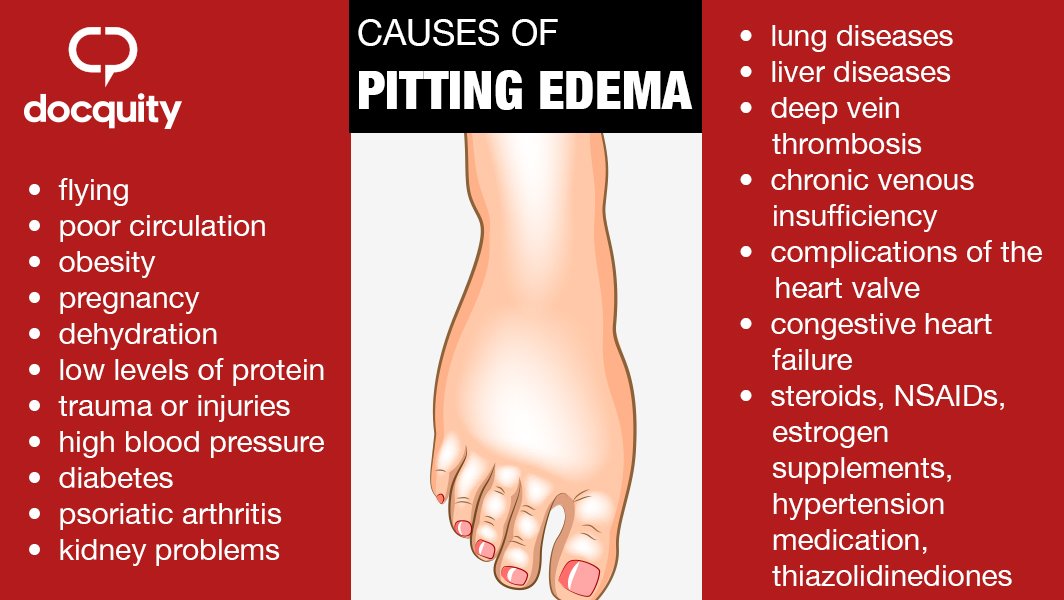
Ascertaining a history of IV drug use and the location of injections is critical. HISTORY A thorough patient history can be useful for suggesting the cause of puffy hands. We also describe the main clinical factors in the more common diagnoses. In this article, we discuss the history taking and physical examination for patients who present with puffy hands. Now this is an essential diagnosis to consider in such patients who have unilateral or bilateral puffy hands. The latter resulted in repeated exposure to HCV infection (and subsequent development of chronic liver disease). 2 The “maturing process” of this population segment, dating back to the 1960s and 1970s, included widespread experimentation with drugs that ranged from LSD and other hallucinogens to hardcore intravenous (IV) heroin use. 2 HCV infection has the highest incidence in persons born between the 1940s and the 1960s, 3 and the prevalence of symptomatic HCV infection is increasing as the disease is becoming more apparent in the aging baby boomer generation. In addition, the history can be instrumental in ruling out the more common rheumatologic causes, such as rheumatoid arthritis (RA), gout, and pseudogout.įigure 1 – A former heroin addict with hepatitis C virus infection has bilateral “puffy hands.” The hand edema begins as pitting edema, followed by thickening and fibrosis of the subcutaneous tissue.Īnother common but frequently overlooked diagnosis is hepatitis C virus (HCV) infection, which often is seen in former heroin addicts whose previous habit resulted in isolated hand edema (aka “hep C hands”) (Figure 1).

1 Considering the “usual suspects” of edema, such as cardiac, liver, and renal disease, is important also considering venous thrombosis and lymphedema resulting from breast cancer treatment is a must. Causes range from iatrogenic ones to end-organ disease. Hand edema, or “puffy hand syndrome,” is seen frequently in primary care practice, and given its broad differential diagnosis ( Table A Table B), presents physicians a significant diagnostic challenge.


 0 kommentar(er)
0 kommentar(er)
